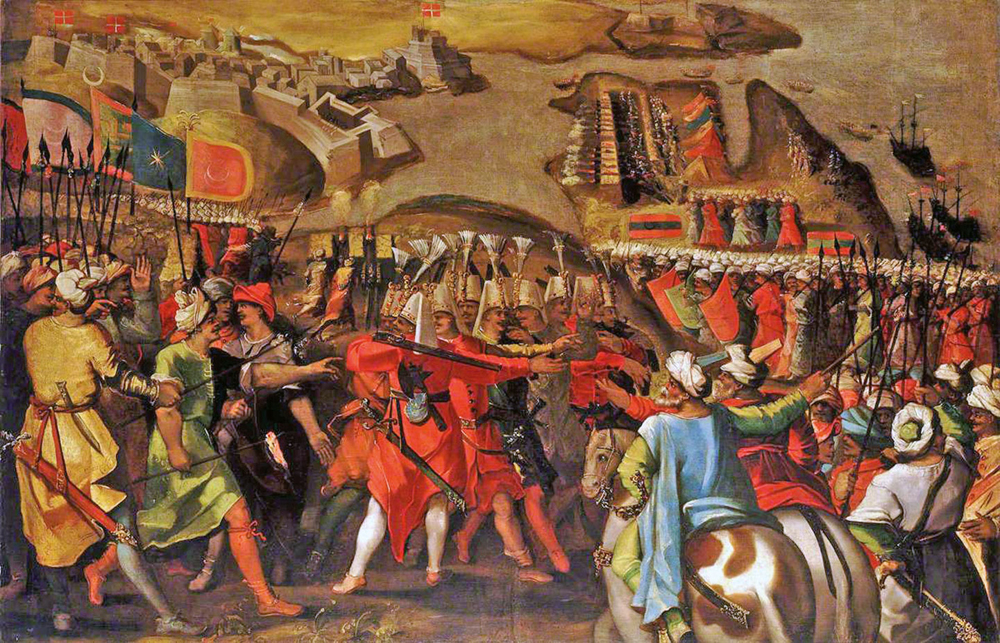
- Ottoman empire, 1330. Sultan Murad I formed a group of edibles (in Turkish the word yeniçeri means new soldiers), with infantry soldiers specially trained for the Sultan and the royal palace. This kind of pretorian guard, at first, was composed of young Christian prisoners and adolescents from villages subjected to it. Besides the close physical training, the children were taught Muslim religion, languages, literature and many other aspects, they could not marry and were the personal property of the Sultan. These foreigners thus formed the first permanent Ottoman army. Later, in 1594, Sultan Ocak would give the Turks the possibility of voluntarily enrolling in the grocery group.

But the first forced foods, thanks to the techniques of domination, strict discipline and targeted education, had established a special bond of loyalty among them. As usual in elite military groups, they were strictly organized and structured. However, the basis of this structure was unusual: soup.
The military body was divided into forks or regiments. At the front of each of them was the distributor of bachis or tchorbadji soup, at the height of the crowns. Underneath it, the head of the kitchen or achi, the captain. Then came the lieutenant, a pocket, or a pendant. The typical edible cap, called bork, was decorated with a spoon (the hats that would later adorn with feathers, flowers and other objects), as all members of the regiment were “diners” and their banner consisted of a bronze cauldron, called kazan. For canteens, the greatest humiliation was the loss of the Kazan or the elimination of enemies. They regarded the regiment without a cauldron as a cowardly and incapable.
During the march, they took the Kazan to the head of the regiment and, in the camp, placed the cauldron in front of the tent of the souvenir shop to indicate the place where his troops were to be concentrated. Every day, except on Fridays, two supplies carried the pearl hanging from a stick, a third followed it, with a big wooden spoon, and from shops distributed the soup. Friday was a day of obedience and loyalty to the Sultan, and the food, with the cubes in hand, went to the Sultan's kitchens to fill them with food. The Sultan was for them “the father who gives us food.” But not always; when the sultans opposed any decision made, they did not arrive in time or refused to fill the cube. This represented a return hazard for the Sultan. Dining rooms were not the submissive subjects of the past.
In the 19th century, they were so powerful that they tried to dismiss the Sultan. They did not achieve the goal and Mahmud II.ak ordered the disassembly of the army, after the head of the formation executed it.